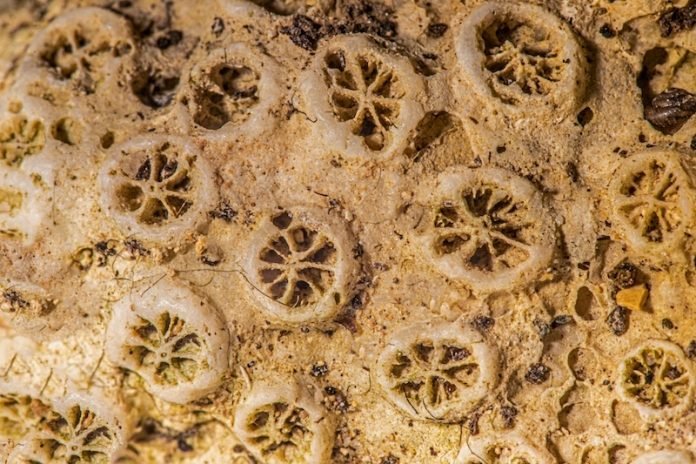
In a remarkable leap forward in our understanding of ancient life, researchers have discovered a fossil that turns back the clock on our knowledge of reptilian skin by a staggering 21 million years.
This 3D fragment of fossilized skin, found to belong to an early Paleozoic reptile, is now the oldest known example of preserved epidermis in terrestrial reptiles, birds, and mammals.
The details of this groundbreaking find were published on January 11 in the journal Current Biology.
Ethan Mooney, a paleontology graduate student at the University of Toronto, and his mentor, paleontologist Robert Reisz, made this exceptional discovery.
Mooney describes the find as a rare window into deep time, offering a glimpse into the lives of pioneering animals that first made the transition to land.
Soft tissues like skin are rarely fossilized, making this discovery all the more extraordinary. The researchers believe that the unique conditions of the Richards Spur limestone cave system in Oklahoma played a crucial role in preserving this ancient skin.
The combination of fine clay sediments, which slowed down decomposition, and oil seepage within an oxygenless cave environment created the perfect conditions for this rare preservation.
Despite its tiny size, smaller than a fingernail, this skin fossil is a scientific treasure.
Microscopic examination by coauthor Tea Maho of the University of Toronto Mississauga revealed epidermal tissues characteristic of amniotes, the group of terrestrial vertebrates that includes reptiles, birds, and mammals.
This discovery is significant because amniotes evolved from amphibian ancestors during the Carboniferous Period, and their skin was vital for survival on land.
The fossilized skin boasts a pebbled surface, akin to modern-day crocodile skin, and has hinged regions between epidermal scales similar to those seen in snakes and worm lizards.
However, without an associated skeleton or other remains, it’s impossible to pinpoint the exact species or body region the skin came from.
This resemblance to reptile skin of today underscores the evolutionary importance of such structures for survival in terrestrial environments.
As Mooney points out, the epidermis is a critical barrier protecting internal body processes from the harsh external world.
This discovery not only pushes back the timeline of our understanding of skin evolution but also suggests that this ancient skin may represent the ancestral structure for terrestrial vertebrates.
It could be the starting point from which bird feathers and mammalian hair follicles eventually evolved.
The skin fossil, along with other specimens, was collected by Bill and Julie May, lifelong paleontology enthusiasts, at the Richards Spur quarry. The unique conditions at this site have preserved many of the oldest examples of early terrestrial animals.
These specimens, including the skin fossil, are now housed at the Royal Ontario Museum, serving as a testament to the enduring fascination and importance of fossil exploration in understanding our planet’s ancient past.
The research findings can be found in Current Biology.
Copyright © 2024 Knowridge Science Report. All rights reserved.



